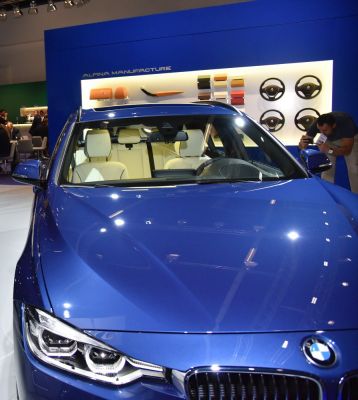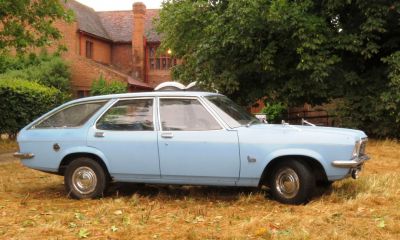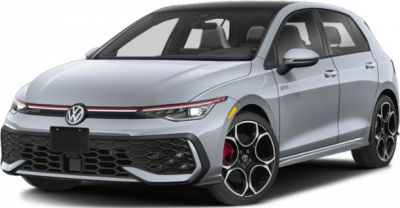 1979 Audi 100 Avant (C2, Typ 43, facelift 1979) Dimensions, Size & Specs
1979 Audi 100 Avant (C2, Typ 43, facelift 1979) Dimensions, Size & SpecsMeasurements of the 1979 Audi 100 Avant, engineered for optimal performance and comfort
| Dimensions | |
|---|---|
| Length: | 4590 mm180.7 in15.1 ft |
| Width: | 1768 mm69.6 in5.8 ft |
| Height: | 1390 mm54.7 in4.6 ft |
| Trunk Capacity: | 433 liter15.3 cu ft |
| Trunk Capacity (Max): | 1113 liter39.3 cu ft |
| Weight Specifications | |
| Curb Weight: | 1110-1210 kg2447-2668 lbs |
| Maximal permitted Weight: | 1570-1700 kg3461-3748 lbs |
| Tire Specifications | |
| Rims Size: |
|
| Tire Size: |
|
The 1979 Audi 100 Avant (C2, Typ 43) is a classic station wagon produced from 1979 to 1982, offering a blend of practical size, efficient design, and versatile luggage capacity. Measuring 4590 mm (180.7 inches) in length, 1768 mm (69.6 inches) in width, and 1390 mm (54.7 inches) in height, this car fits well into the large family wagon category of its time. The curb weight ranges between 1110 kg to 1210 kg (2447 to 2668 lbs), making it relatively lightweight and efficient for a vehicle of its size. The maximum permissible weight extends up to 1700 kg (3748 lbs), allowing for substantial passenger and cargo load. One of the highlights of the Audi 100 Avant is its generous luggage capacity which offers 433 liters (15.3 cubic feet) of storage space with rear seats in place, expanding significantly to 1113 liters (39.3 cubic feet) when the rear seats are folded down, making it highly practical for larger loads or extended road trips. The vehicle rides on 14-inch rims fitted with 185/70 R14 tires, providing a balance of comfort and handling typical of late 1970s Audi engineering. The Audi 100 Avant (C2) embodies the durable, functional design Audi became known for, combining a classic wagon shape with modern dimensions for its era. Its characteristic blend of size, weight, and cargo versatility makes it a noteworthy model for enthusiasts and those interested in historical station wagon comparisons.
Discover the standout features that make the 1979 Audi 100 Avant a leader in its class
Have a question? Please check our knowledgebase first.
The Audi 100 Avant (C2, Typ 43, facelift 1979) station wagon measures 4590 mm (180.7 inches) in length, 1768 mm (69.6 inches) in width, and 1390 mm (54.7 inches) in height. These dimensions place it squarely in the mid to large family car category for its era, offering a balance between spaciousness and manageable exterior size suitable for urban and suburban driving.
The Audi 100 Avant (C2) has a curb weight ranging between 1110 kg to 1210 kg (2447 to 2668 lbs). This relatively lightweight design for a station wagon of its size means the car offers nimble handling and fuel efficiency, while maintaining sufficient mass for stability on the road. The weight variation depends on the engine and trim level, influencing performance slightly.
The maximum permissible weight for this Audi 100 Avant is between 1570 kg and 1700 kg (3462 lbs to 3748 lbs), which includes curb weight plus passengers and cargo. This capacity means it can comfortably carry five occupants and a significant amount of luggage or cargo without compromising safety or handling, making it a practical family vehicle.
The luggage compartment offers 433 liters (approximately 15.3 cubic feet) of cargo space with the rear seats in place, which expands to a spacious 1113 liters (about 39.3 cubic feet) when the rear seats are folded down. This flexibility ensures ample room for groceries, luggage, or larger items while maintaining comfort for rear passengers when seats are upright.
Yes, the Audi 100 Avant fits comfortably in a standard residential garage. With its length of 4590 mm (180.7 inches) and width of 1768 mm (69.6 inches), it remains within the common garage size dimensions, which typically measure around 6 meters (197 inches) in length and 3 meters (118 inches) in width, leaving ample space for easy parking and door opening.
The Audi 100 Avant (C2) is equipped with 14-inch rims, fitted with tires sized 185/70 R14. This tire size balances ride comfort with handling performance, providing sufficient grip and absorbing road imperfections prevalent at the time. The combination also complements the vehicle's weight and dimensions to ensure safe and stable driving.
Compared to the first generation Audi 100 Avant (C1), the C2 facelift model introduced in 1979 is slightly larger and more refined. The C1 models were generally shorter and narrower, typically around 4400 mm in length and narrower width under 1700 mm. The C2's dimensions of 4590 mm length and 1768 mm width indicate increased interior space and cargo capacity, resulting in a more comfortable and practical vehicle for families and cargo loads.
The Audi 100 Avant (C2, 1979 facelift) stands competitively among station wagons of its era, similar to contemporaries like the BMW 5 Series Touring and Mercedes-Benz W123 T-models. It offers comparable length and width, with a strong emphasis on cargo volume—433 liters standard and over 1100 liters with seats folded—making it slightly more spacious than some German rivals. Its curb weight is on the lighter side, which improved fuel economy and handling compared to heavier competition, making it a balanced choice between performance and practicality.
The 1979 facelift of the Audi 100 Avant (C2) introduced modernized design elements, including cleaner body lines and improved aerodynamics. It featured a practical station wagon layout with a large rear cargo area, rear seats that fold flat to increase load space, and refined suspensions for better driving comfort. Known for its solid build quality and front-wheel-drive layout, the C2 Avant offered a good balance of performance, economy, and utility for the late '70s and early '80s market.
Discover similar sized cars.

| Production: | 2015-2018 |
|---|---|
| Model Year: | 2015 |
| Length: | 4632 mm182.4 in |
| Width: | 1811 mm71.3 in |
| Height: | 1428 mm56.2 in |

| Production: | 2015-2019 |
|---|---|
| Model Year: | 2015 |
| Length: | 4632 mm182.4 in |
| Width: | 1811 mm71.3 in |
| Height: | 1431 mm56.3 in |

| Production: | 2022-present |
|---|---|
| Model Year: | 2023 |
| Length: | 4650 mm183.1 in |
| Width: | 1790 mm70.5 in |
| Height: | 1435 mm56.5 in |

| Production: | 2018-2022 |
|---|---|
| Model Year: | 2019 |
| Length: | 4650 mm183.1 in |
| Width: | 1790 mm70.5 in |
| Height: | 1435 mm56.5 in |

| Production: | 1977-1979 |
|---|---|
| Model Year: | 1977 |
| Length: | 4587 mm180.6 in |
| Width: | 1768 mm69.6 in |
| Height: | 1390 mm54.7 in |

| Production: | 1972-1976 |
|---|---|
| Model Year: | 1972 |
| Length: | 4554 mm179.3 in |
| Width: | 1699 mm66.9 in |
| Height: | 1374 mm54.1 in |

| Production: | 1976-1978 |
|---|---|
| Model Year: | 1976 |
| Length: | 4546 mm179.0 in |
| Width: | 1699 mm66.9 in |
| Height: | 1371 mm54.0 in |

| Production: | 2025-present |
|---|---|
| Model Year: | 2024 |
| Length: | 4631-4651 mm182.3-183.1 in |
| Width: | 2073 mm81.6 in |
| Height: | 1462-1487 mm57.6-58.5 in |
